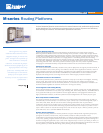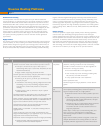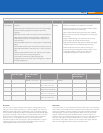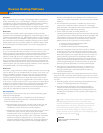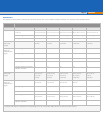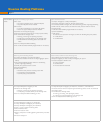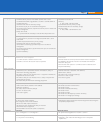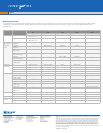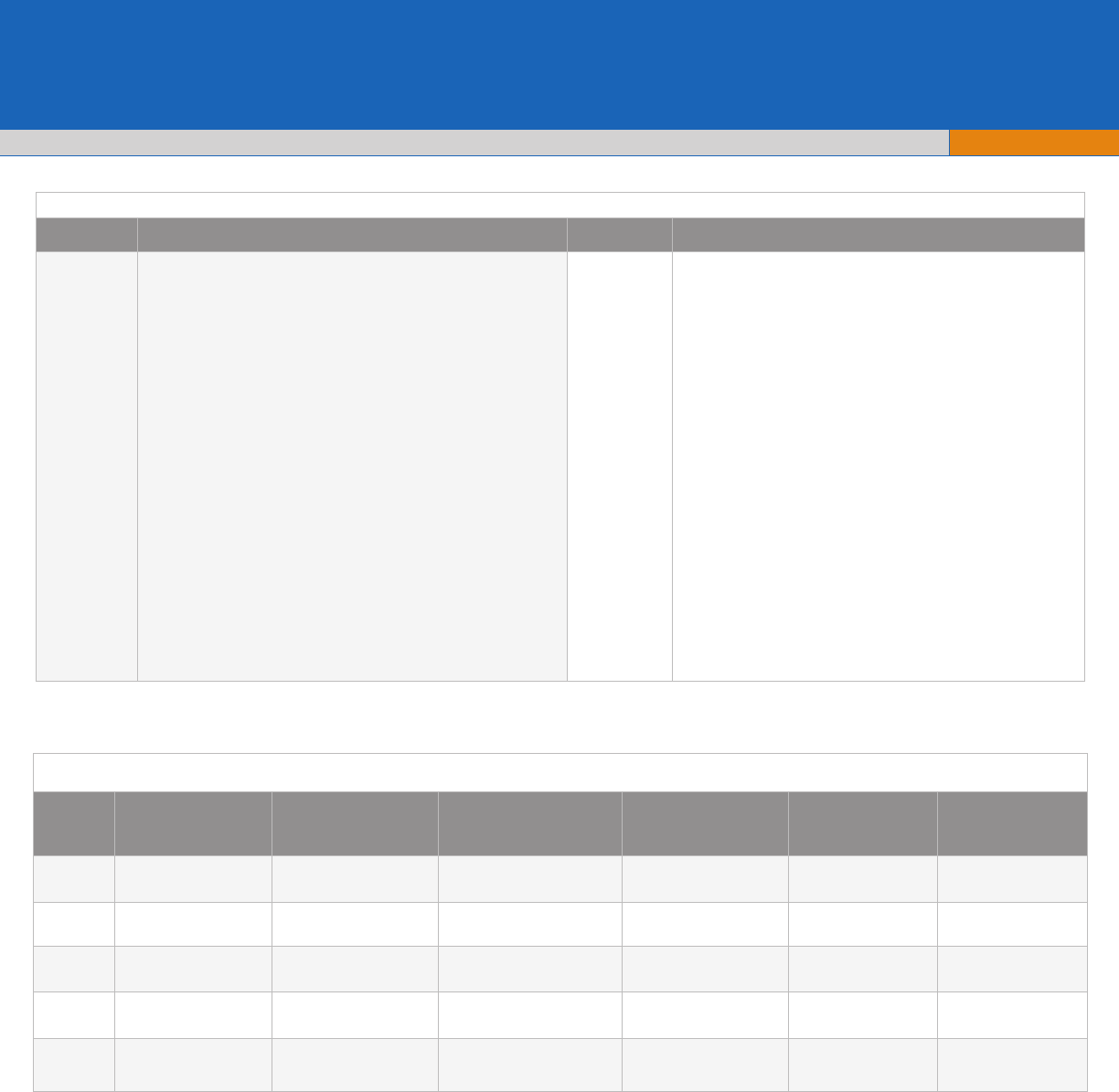
Datasheet
Page 3
Advantage
Features Benefits Features Benefits
Proven
Dependability
• Production-proven services scaled in the world's largest
networks
• Hitless switchover for RE switchover with non-stop forwarding
• In-service Software Upgrades for disruption-free minor
upgrades
• MPLS FRR to ensure traffic can quickly reroute around failures
• MPLS TE path control for path optimization combined with
predictable performance for latency-sensitive traffic such as
voice and video
• Advanced OA&M features such as LSP ping for troubleshooting
MPLS
• IETF Graceful Protocol Restart mechanism for hitless restarts of
IS-IS, BGP, OSPF, OSPFv3, LDP, RSVP, Layer 2 VPN, and Layer 3
VPN
• Modular JUNOS software ensures that a failure of one module
does not impact the entire operating system
• User-friendly commands for safely deploying new
configurations to live networks and for rolling back to previous
working configurations
Secure
Networks
• High performance J-Protect NAT, stateful firewall, attack
detection, and IPSec via the Adaptive Services PIC
• Separate routing plane and control plane enables stateful
firewall protection of the control plane
• J-Flow stateful monitoring of packet flows with standard
flowd v5 and v8 records for comprehensive monitoring of
the network
• Highly scalable filtering, unicast RPF and rate limiting
protects against IP spoofing and DOS attacks
• High performance IPSec and IPSec over MPLS with digital
certificate support for an additional layer of security
• Additional ubiquitous security features such as port
mirroring, encrypted management session traffic, secure
tunneling capabilities, secure remote logins, and
configurable privilege levels and user accounts
M-series Routers
Router Aggregate Half-
Duplex Throughput
FPC Slots & Full
Duplex Throughput
per Slot
Size PICs per Chassis Chassis per Rack
Switch Fabric and
Routing Engine
Redundancy
M7i 8.4 Gbps 1 built-in 3.2 Gbps + 1
Gbps FIC 3.5 x 17.5 x
18 in
8.9 x 44.5 x 45.7 cm
4+2 fixed FE or +1
fixed GE
24 No
M10i 12.8 Gbps 2 built-in 3.2 Gbps 8.5 x 17.5 x 18 in
22.2 x 44.5 x 45.7 cm
8 9 Yes
M20 25.6 Gbps 4 FPC slots 3.2 Gbps 14 x 17.4 x 21 in
35.56 x 44.3 x 53.34 cm
16 5 Yes
M40e 51.2 Gbps 8 FPC slots 3.2 Gbps 35 x 17.4 x 26 in
88.9 x 44.3 x 66.66 cm
32 2 Yes
M320 320 Gbps 8 FPC slots 20 Gbps 34.8 x 17.4 x 25.7 in
88.4 x 44.3 x 65.1 cm
32 2 Yes
M7i Router
The M7i router is Juniper Networks most compact routing platform at 3.5
inches (8.9 cm) in height, supporting 7+ Gbps throughput. It is ideal as an
IP/MPLS provider edge router in small POPs or, with its integrated Adaptive
Services Module supporting hardware-accelerated NAT, stateful firewall, IPSec,
and J-Flow accounting, it can be used as a campus border router or as head
office customer premise equipment. The M7i supports either 2 fixed Fast
Ethernet ports or 1 fixed Gigabit Ethernet port via a Fixed Interface
Concentrator (FIC) as well as supporting 4 ejector-enabled PICs. It supports
interface speeds of up to OC-12c/STM-4 and Gigabit Ethernet. PICs are
interchangeable between the M7i and M10i routers.
M10i Router
At only 8.5 inches (22.2 cm) the Juniper Networks M10i router is the company's
most compact and cost-effective fully redundant M-series edge router. The M10i
boasts fully redundant common hardware components including redundant
Routing Engines, Compact Forwarding Engine Boards, fan trays, and power
supplies. Combined with JUNOS reliability features, the M10i router is the
product of choice for enabling reliable and secure services in small and medium
PoPs. The M10i supports 8 ejector-enabled PICs via 2 built-in Flexible PIC
concentrators and interface speeds up to OC-12/STM-4 and Gigabit Ethernet.
PICs are interchangeable between the M7i and M10i routers.



